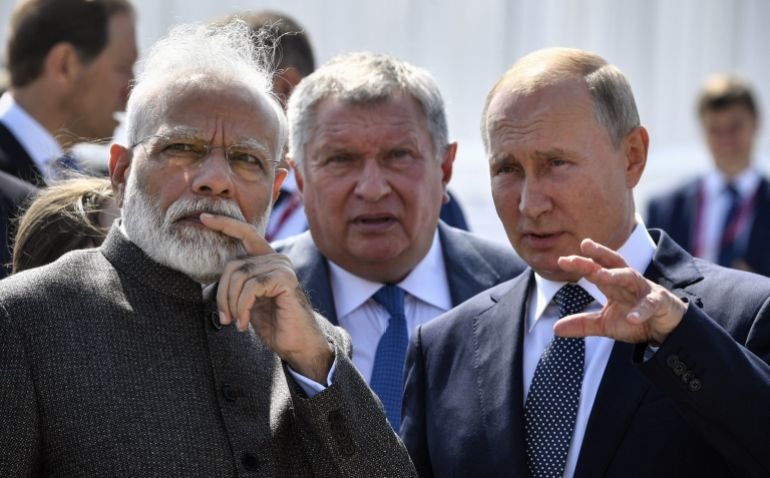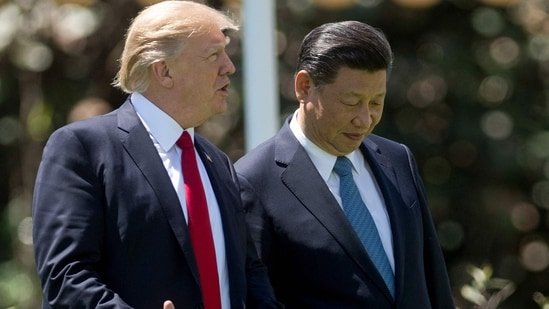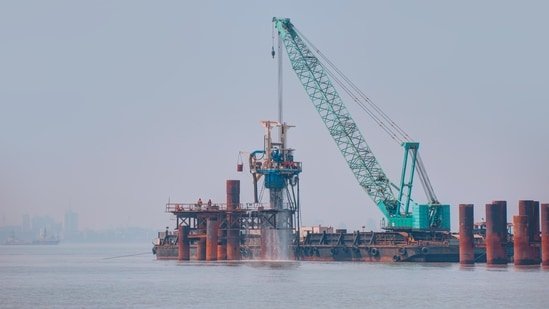They roll down Beijing streets, some covered from prying eyes by huge tarpaulins, but the silhouettes of missiles, tanks and undersea vehicles are unmistakable as China prepares for its most revealing military parade in six years.
For military watchers, the procession of veiled armaments is offering valuable clues to what might be on show at a massive military parade on September 3, which China says will reveal the People’s Liberation Army’s (PLA) “new generation” of domestically produced, active-duty weaponry. It will be the largest display of advancements in China’s military hardware since the 2019 National Day parade.
That parade celebrated 70 years since the founding of the People’s Republic of China. This year’s parade will celebrate the 80th anniversary of another landmark moment in Chinese history, the end of World War II following the surrender of Imperial Japan, whose invasion of China began in 1931.
The 2019 parade saw the PLA unveil weapons including a road-mobile intercontinental ballistic missile, a medium-range ballistic missile mated with a hypersonic glide vehicle, and its first undersea drone.
Beijing has pursued a head-turning military buildup under Chinese leader Xi Jinping, during which the PLA – previously not even one of the strongest in Asia – has started to rival, or in some categories surpass, the US military in analysts’ estimations.

On September 3 military watchers are expecting new versions of some of the weaponry and technology that debuted in 2019.
Parade rehearsals have shown what are almost certainly new types of hypersonic missile systems and huge undersea drones among other weaponry, masked by tarpaulins and fabric coverings.
Officials on Wednesday ran down a categorical list of what the PLA will show off on September 3.
“The parade involves more than 10,000 personnel, over a hundred aircraft, and several hundred ground vehicles,” Maj. Gen. Xu Guizhong, executive deputy director of the Parade Command Office of the PLA’s Central Theater Command, told a briefing in Beijing.
More than 100 different types of equipment will be included, all of it battle ready and domestically produced, Xu said, adding that a large proportion would be new armaments making their debut.

The general ticked off a range of China’s most modern weaponry that it’s never shown the world before: cutting-edge drones, directed-energy weapons, electronic jamming systems, hypersonic systems, air-defense and missile-defense technologies, and strategic missiles.
And there will be the normal formations of fighter jets, tanks and troops, Xu said.
The plans seem to satisfy the wish list of one Chinese citizen CNN spoke to as speculation swirled in recent days.
“I’d like to see whether there will be some drone displays, or how the different troops will present themselves in different orders. I’d also be interested in our military strength, such as tanks,” said Liu Hongmei, a tourist from Yunnan province who was visiting Beijing.
Comments on the micro-blogging platform Weibo reflected strong enthusiasm for the upcoming parade, with many people asking for a national holiday so they could catch it on TV.
“Can we get a day off to watch the live broadcast?” one poster asked, getting more than 2,000 likes.
“I’m definitely taking a day off to watch on September 3, canceling all my plans,” another wrote.
And it’s something the public seems to want more of, according to some enthusiastic posts.
“Only 70 minutes? That’s not enough to watch!” one post said.
And it looks like the PLA will keep stoking the excitement.
The PLA has promised more details to come in the weeks before September 3, when it won’t only be residents of China who are tuning in for an update on the country’s military arsenal.
“As for the specific models of the showcased equipment, please stay tuned; more information will be available soon,” Xu told Wednesday’s press briefing.
Joyce Jiang contributed reporting.

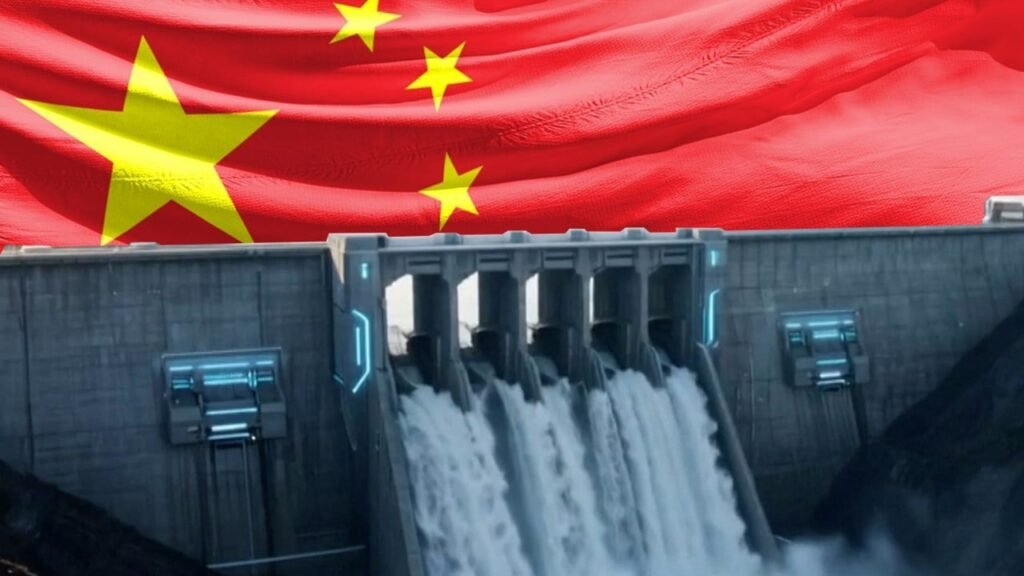
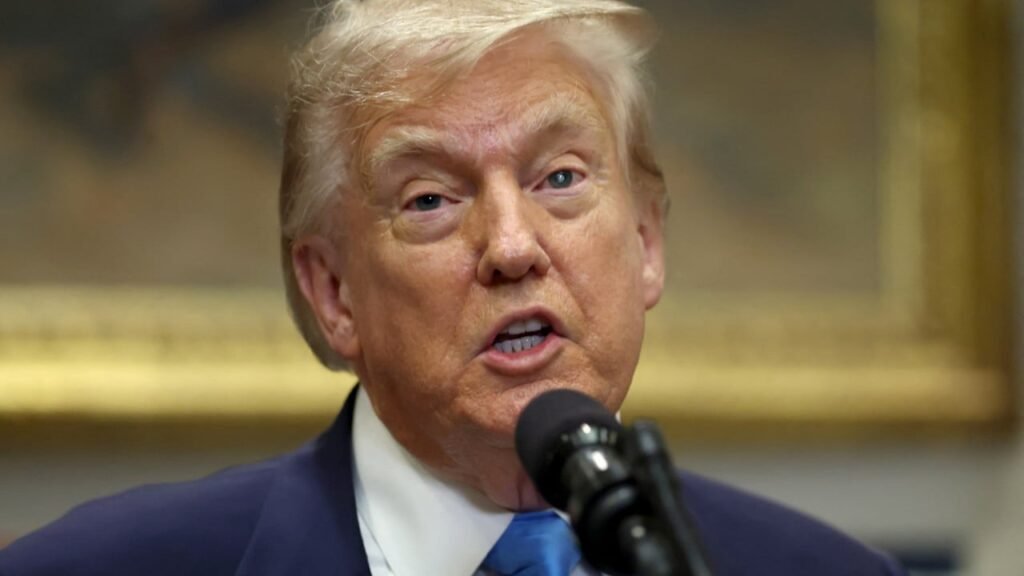
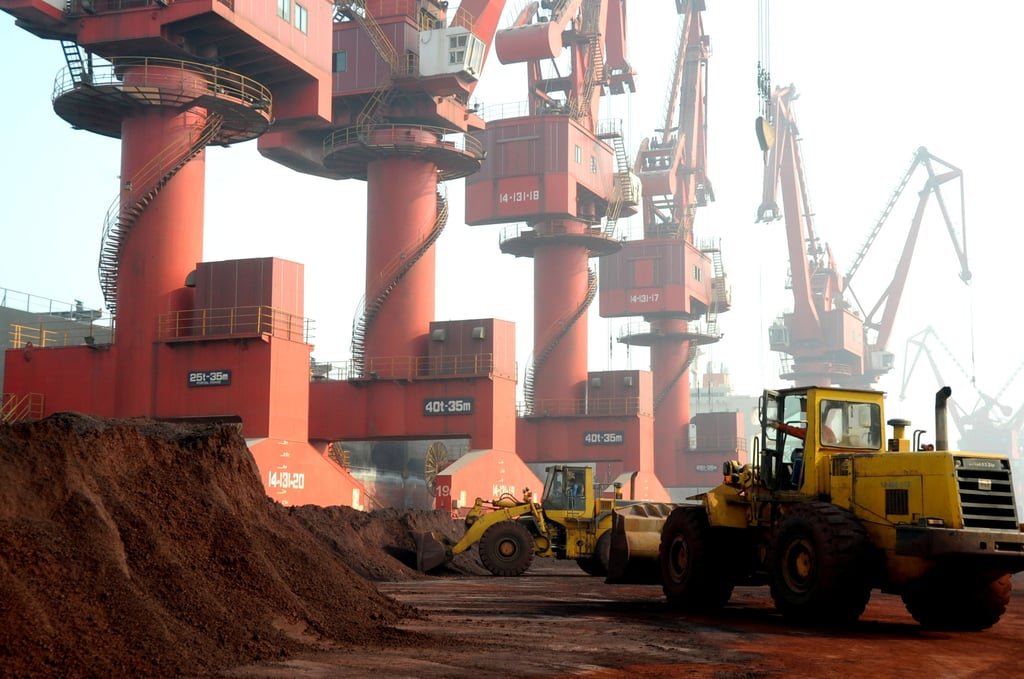
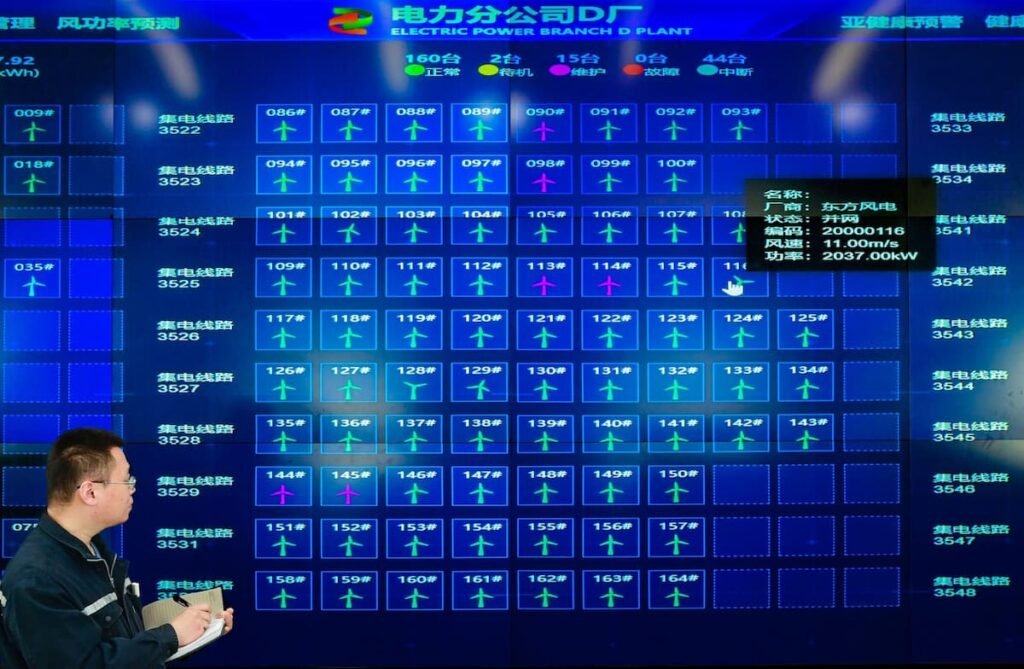
![[News] NVIDIA May Raise H20 Prices to Shield Profits but Confronts China’s Domestic Chip Push](https://koala-by.com/wp-content/uploads/2025/08/NVIDIA-Jensen-Huang-2-624x430.jpg)
